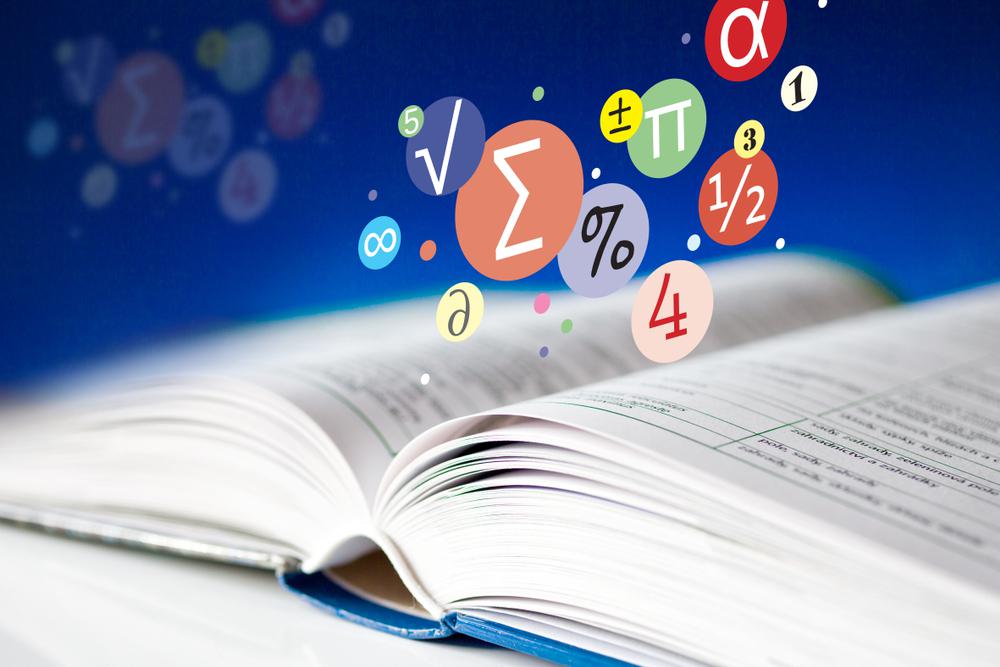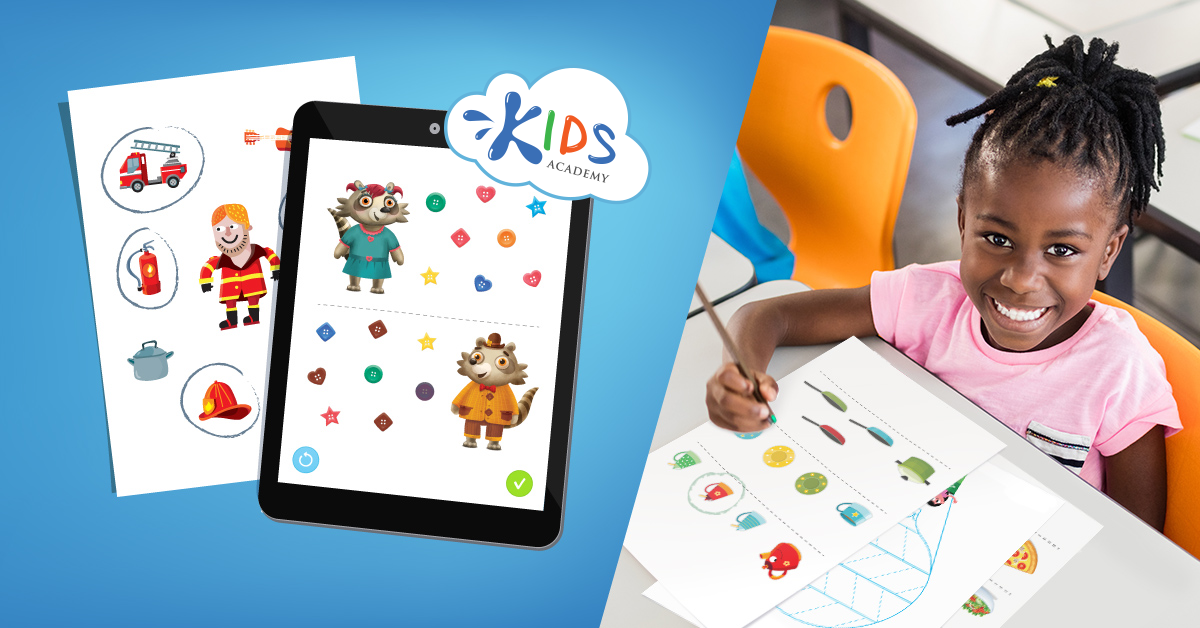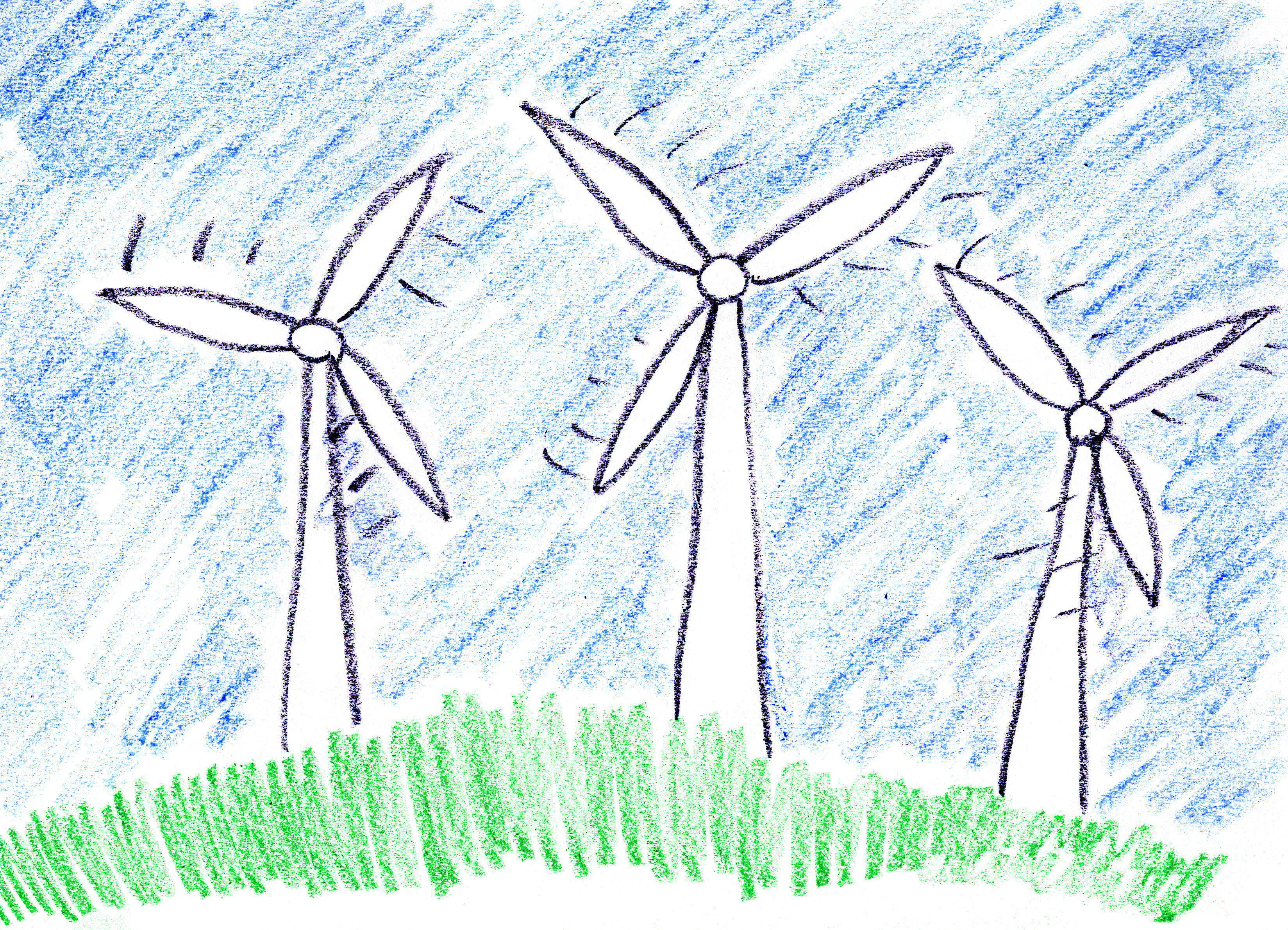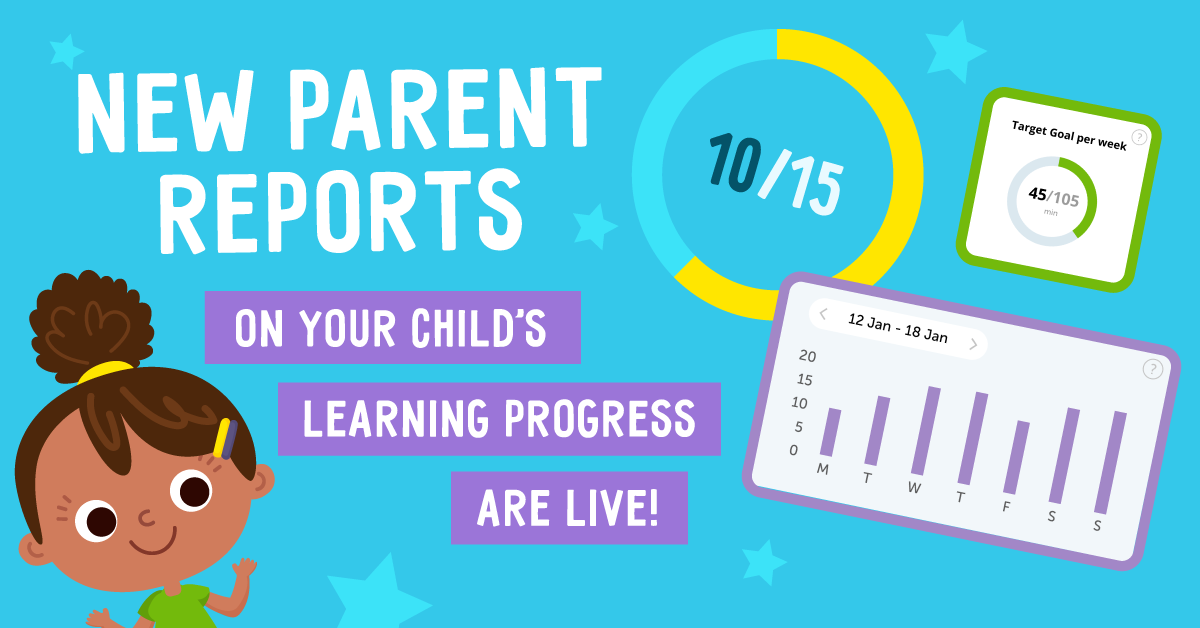Physical Science worksheets activities for Ages 6-9
6 filtered results
-
From - To
Explore our engaging collection of Physical Science worksheets designed specifically for ages 6-9! These interactive activities help young learners grasp fundamental science concepts through fun and hands-on experiences. Our worksheets cover essential topics such as matter, energy, simple machines, and states of matter, allowing children to cultivate their critical thinking and creativity. Each activity is tailored to make learning enjoyable and foster a sense of curiosity about the world around them. Perfect for classroom use or at-home learning, our resources support educational development while providing hours of science exploration. Start your child's journey into the wonders of Physical Science today!


Matter: Assessment 1 Worksheet
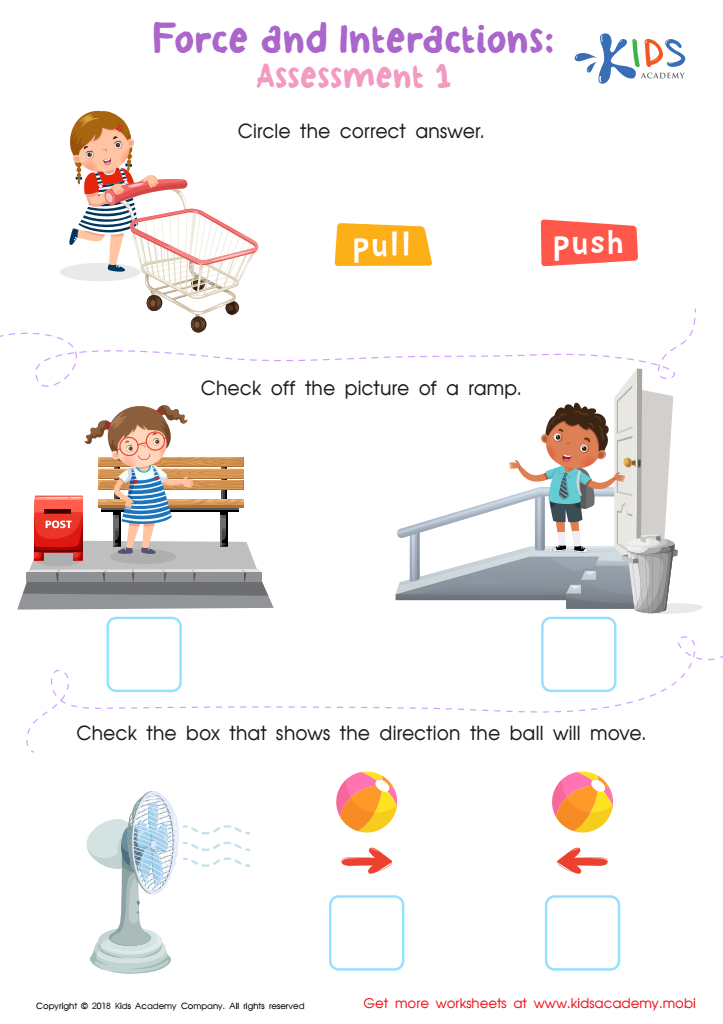

Force and Interactions: Assessment 1 Worksheet
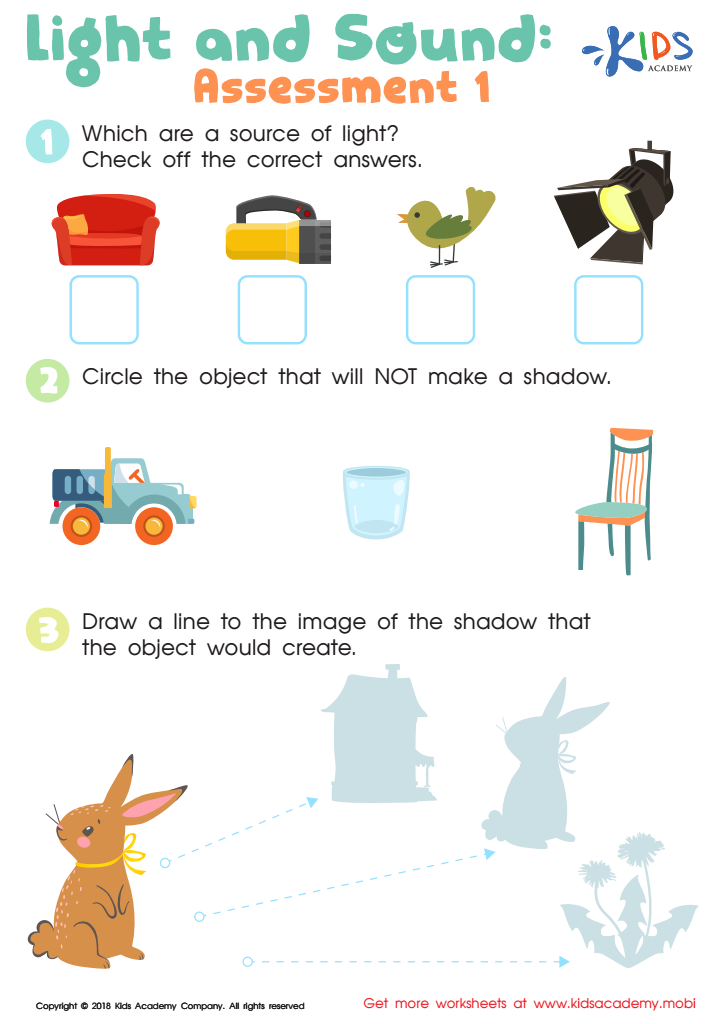

Light and Sound: Assessment 1 Worksheet
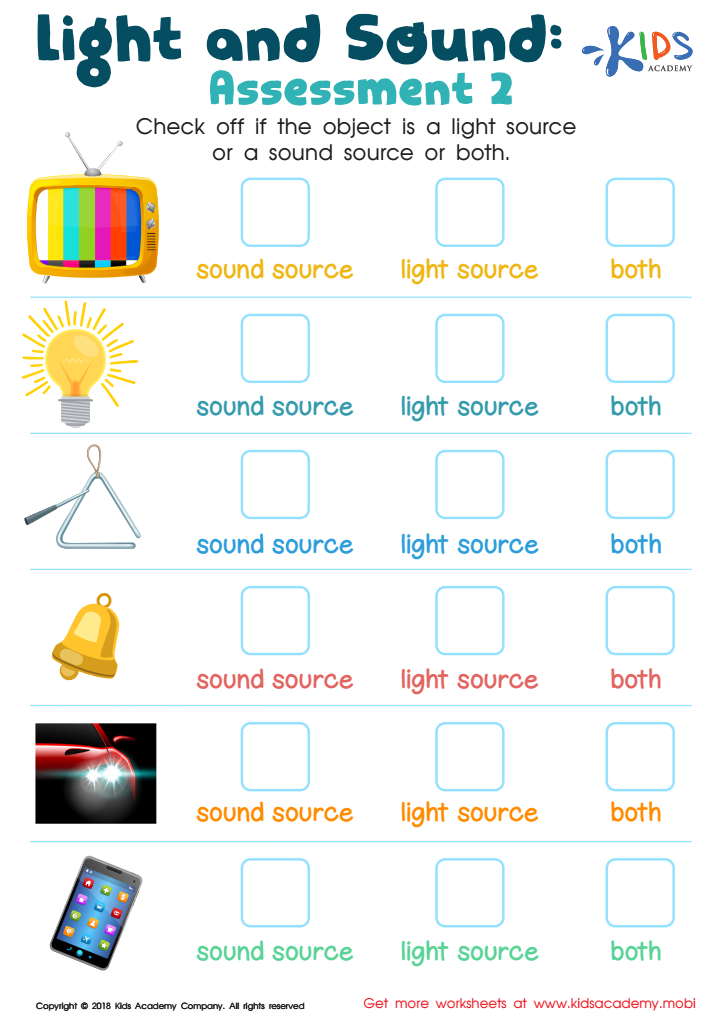

Light and Sound: Assessment 2 Worksheet
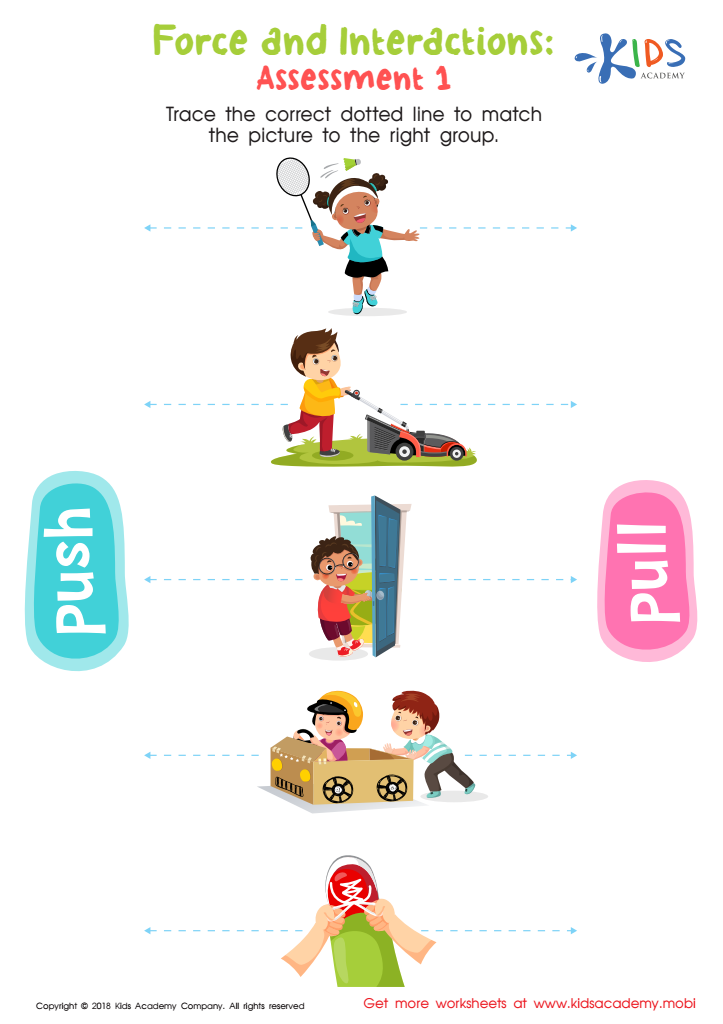

Force and Interactions: Assessment 2 Worksheet


Matter: Assessment 2 Worksheet
Physical Science activities are crucial for children aged 6-9 as they lay the foundation for critical thinking, problem-solving, and conceptual understanding of the natural world. At this age, children are naturally curious and eager to explore, making it an ideal time to introduce them to basic scientific principles and hands-on experiences. Engaging in physical science activities helps foster this curiosity, allowing children to experiment and inquire about their surroundings.
Moreover, these activities enhance cognitive development by encouraging students to observe, hypothesize, experiment, and draw conclusions. They promote skills such as reasoning and data interpretation, which are essential in all areas of learning. Through simple experiments—like mixing baking soda and vinegar—students experience chemical reactions firsthand and learn about cause and effect.
Additionally, physical science activities encourage collaboration and communication among peers, helping to develop social skills critical at this age. Engaging in science also cultivates a sense of wonder and enthusiasm for learning that can lead to lifelong curiosity and academic pursuits.
Ultimately, by emphasizing physical science, parents and teachers enrich children's education, inspire future innovators, and instill a passion for discovering the world, fostering both academic and personal growth.
 Assign to My Students
Assign to My Students


